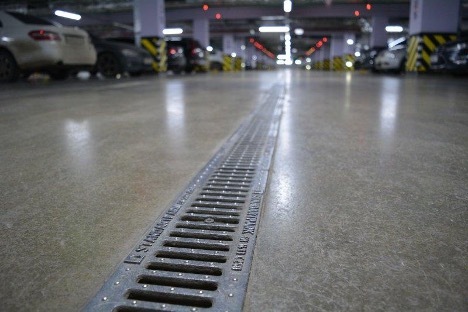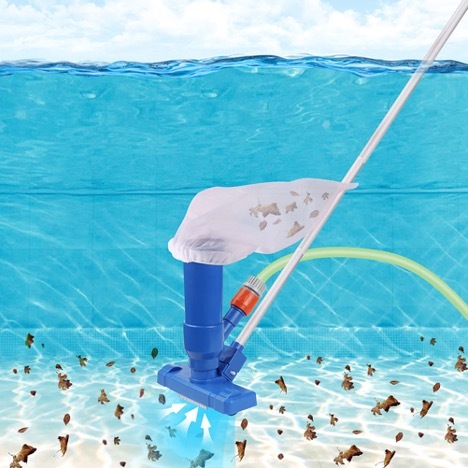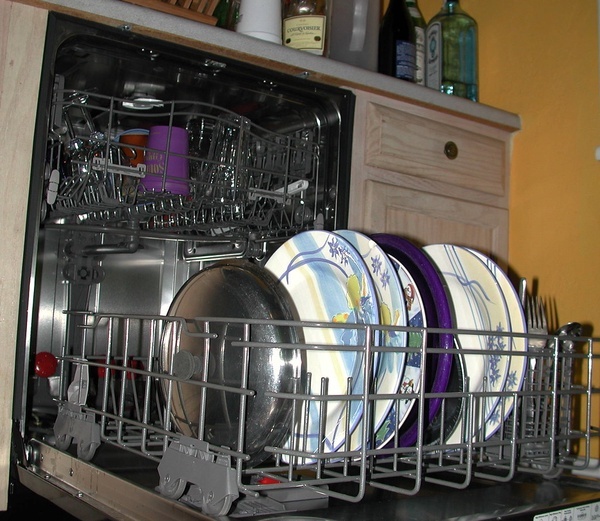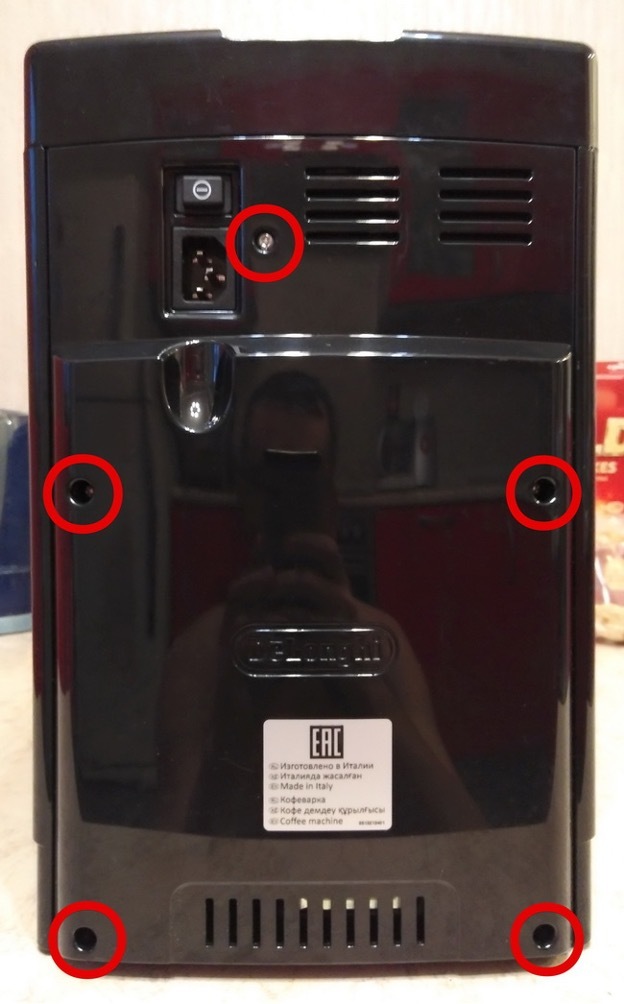Drainage systems play a key role in ensuring environmental safety and comfort in urban and suburban environments. They are designed to effectively remove surface runoff water, prevent flooding and maintain sanitation. Let's consider what drainage systems are and their varieties, such as surface drainage and linear drainage.

The content of the article
-
Surface drainage system: what is it and what is it for?
- Purpose and importance of the system
- Types of drainage systems and their characteristics
- Road drainage system
- Advantages and disadvantages of various systems
Surface drainage system: what is it and what is it for?
The surface drainage system is a complex of measures and structures. It is designed to collect and drain rain, melt and other types of surface wastewater. This system is necessary to prevent flooding of areas and soil erosion. It is also needed to improve sanitary conditions and general improvement of urban and suburban areas.
Purpose and importance of the system
The main purpose of a surface drainage system is to ensure the effective removal of excess water from the surface of the earth. In city conditions this is especially important. After all, a large number of impermeable surfaces (asphalt, concrete) prevents the natural absorption of water into the soil. Without an adequate drainage system, problems may arise:
- local flooding;
- destruction of the road surface;
- damage to building foundations;
- creating unfavorable conditions for people's livelihoods.
The system includes various elements, each of which performs its own function:
- Drainage channels and trays are designed to collect water and direct it to disposal sites or natural bodies of water.
- Storm drainage is a network of pipes and collectors. It ensures the drainage of water from populated areas.
- Absorption wells and drainage pits. They are used to accumulate and subsequently absorb water into the soil.
- Filtration fields and ponds serve to purify and retain water before returning it to natural sources.
Types of drainage systems and their characteristics
There are different types of drainage systems. Each of them has its own characteristics and is used depending on the specific terrain conditions and tasks:
- Surface drainage is used to collect water that accumulates on the surface of the earth.
- Linear drainage is used along roads and in areas with heavy traffic. These can be trays, gutters or ditches located along the roadway.
- An open drainage system includes open channels and channels through which water flows freely and is removed from the area.

Road drainage system
The road drainage system is a comprehensive solution. It ensures road safety in conditions of intense rainfall. The system prevents water from accumulating on the roadway. This reduces the risk of hydroplaning and improves visibility in rainy weather.
Advantages and disadvantages of various systems
Each type of drainage system has its pros and cons:
- Surface drainage is an economical and relatively simple method of draining water, but it may not be effective in very heavy rainfall situations.
- Linear drainage is effective for road surfaces, but requires regular cleaning of debris and sediment.
- Surface drainage systems. They are essential for preventing soil erosion and flooding, but can be expensive to build and maintain.
The choice of a specific drainage system depends on many factors, including climatic conditions, area layout and financial capabilities. A properly designed and constructed drainage system will ensure long-term protection of the area from surface water and related problems.


